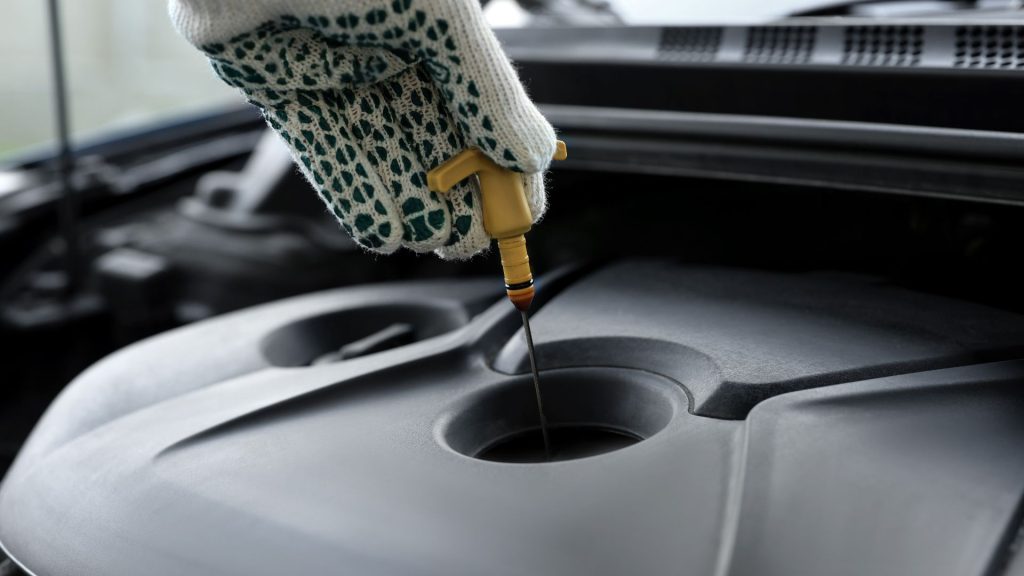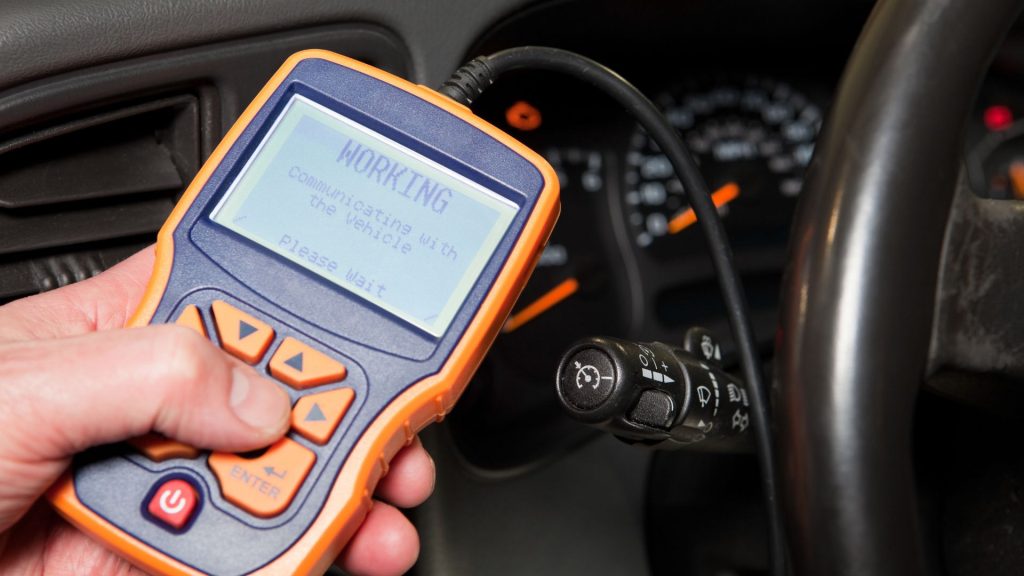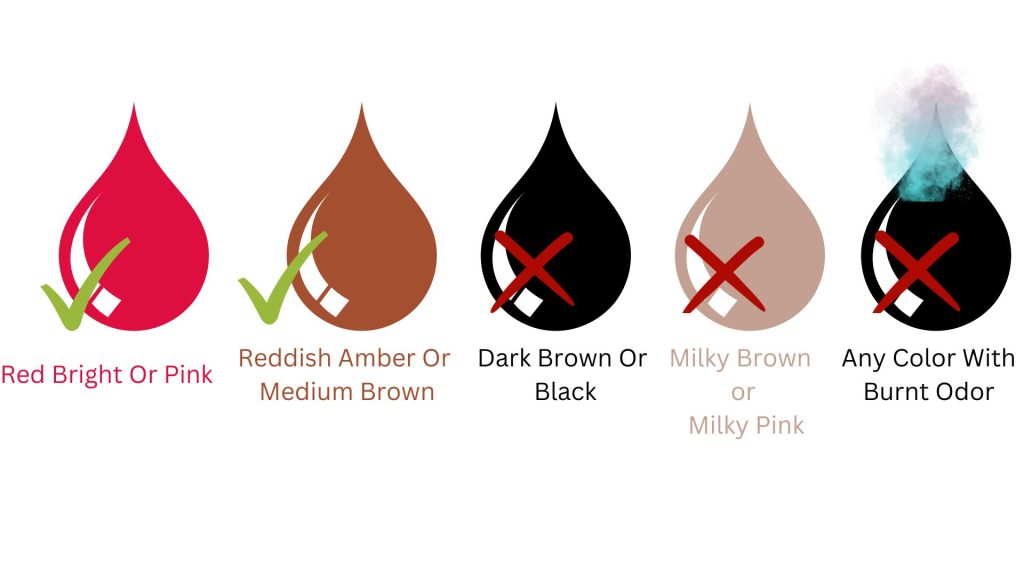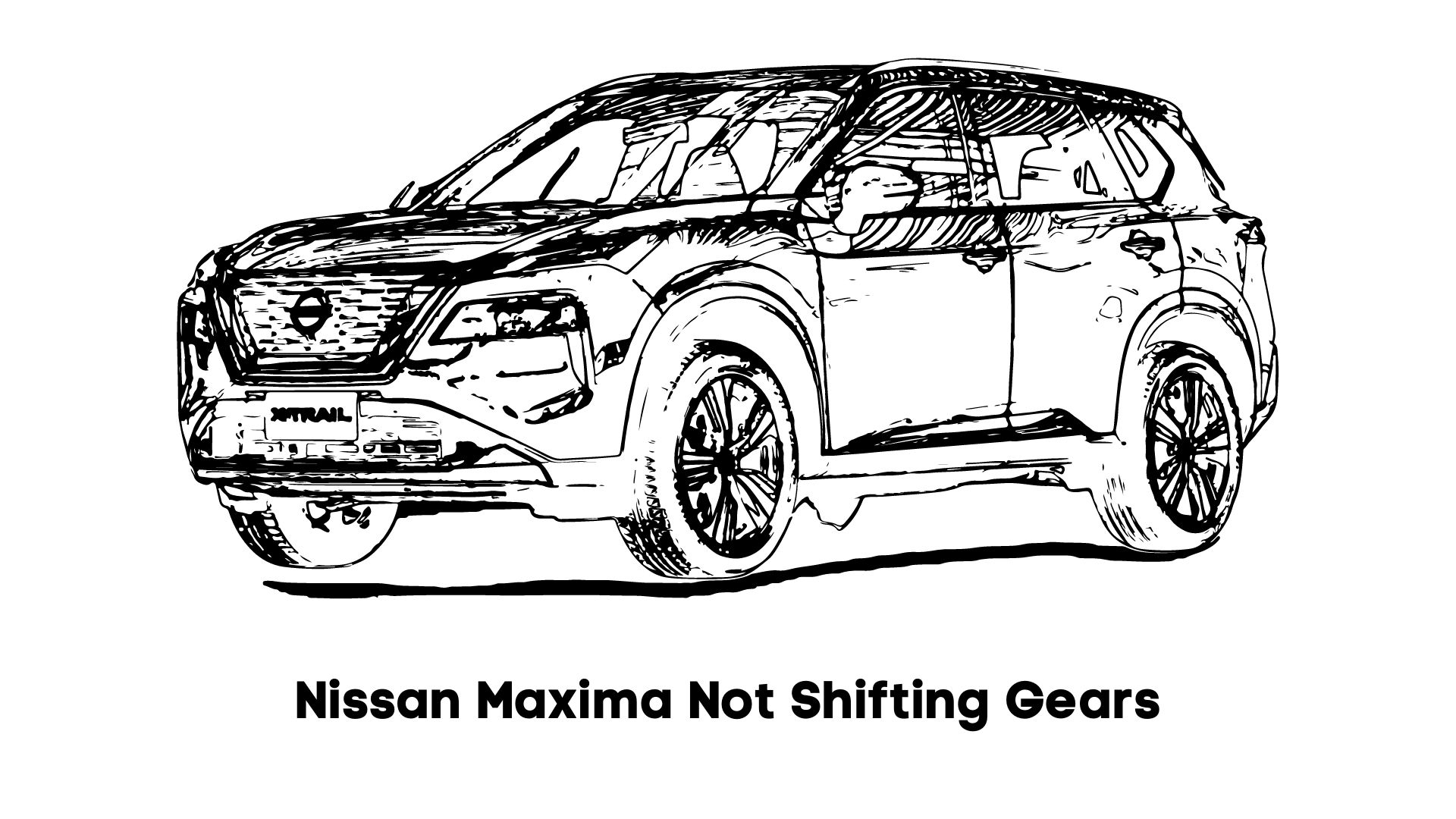Nissan has had its fair share of transmission-related problems over the years. Nissan popularized the continuously variable transmission, promoting the technology’s superior fuel economy and smooth driving experience.
Nissan’s CVT system uses a network of belts and pulleys to adjust the gear ratio, placing an infinite number of gears at the car’s disposal. Nissan came under fire after their CVT transmission created slipping, jerking, and stalling problems in various models. Consumers complained about:
- Burning smells.
- Delayed acceleration.
- Strange noises whenever the gears shifted.
- Leaking coolant
- Shuddering,
- Transmission failure, etc.
This controversy was so widespread that it triggered a class action lawsuit, which Nissan settled after receiving approval from the National Highway Traffic Safety Administration. This Nissan Bulletin explains some of the details surrounding the settlement.
Car Complaints have published a graph listing the Nissan Maxima models affected by this problem. The most notorious culprit was the 2004 Nissan Maxima. It attracted more complaints than any other model.
If your Nissan Maxima’s gears refuse to shift, consider the possibility that your vehicle has fallen prey to the same CVT transmission problems Nissan has encountered since 2009. It is worth noting that those problems continue to crop up today.
Nissan has yet to present a permanent solution to these malfunctions. Check the manual to confirm that your car’s transmission is a CVT. You can also look for the sticker on the driver’s door. It reveals the transmission type.
But what if you’ve ruled out this factory defect as a potential culprit? Why else would the vehicle refuse to shift gears? One or more of the following may explain this phenomenon:
1). The Transmission Fluid Is Low Or Dirty

Park the car, but keep the engine running. Use the dipstick to check the transmission fluid. The manual will show you where to find it. Low transmission fluid can prevent the car from shifting gears.
If you’ve added transmission fluid, but the problem persists, the car has dirty ATF. Inspect it to confirm your suspicions. Transmission fluid should be red and transparent in color.
2). The Transmission Fluid Has Water
Driving through water-filled potholes and flooded roads allows water to enter the car, mixing with the transmission fluid and creating similar symptoms to those you notice when the transmission fluid is low.
3). The Car Has A Brake Safety Lock Feature
Have you ever tried to shift gears in a parked car? The gears won’t respond because of a safety feature. This brake safety lock function can malfunction.
It can refuse to release even when you meet the conditions outlined in the manual. A damaged safety lock requires an expert hand to repair it.
4). The Nissan Maxima Has Faulty Sensor Connections
Automatic transmissions are tricky because they use a system of sensors and connections to shift gears by communicating with the onboard computer. Therefore, a loose, damaged, or dirty sensor connection can prevent the vehicle from shifting gears.
If the car won’t even start, and you’ve ruled out the shift lock release, troubleshoot the linkage cable and shift interlock solenoid. You should also inspect the brake switch. Various transmission-related faults tend to originate from loose, disconnected, and damaged wires.
5). The Electronic Sensor Has Failed
The electronic sensor lets the ECM know that you’ve shifted gears. If it corrodes, the sensor cannot communicate with the computer. Don’t be surprised if the vehicle refuses to shift into ‘Drive.’
6). The Gear Lever Assembly Is Worn Out
You need an expert to inspect the gear assembly. If you have a manual transmission, they can determine whether the gearbox is misaligned. Misalignment can occur because of thermal expansion.
However, it is more likely to originate from a factory defect. Sometimes, the manufacturer fails to mount the gearbox correctly. If the gear lever assembly is worn out, expect excessive play that makes shifting hard.
If you can hear grinding, scrutinize the gears, bearings, and seals for damage and leaks.
How To Fix Nissan Maxima That Is Not Shifting Gears?
If you’re thinking about buying a vehicle, Copilot Search wants you to steer clear of models manufactured before 2011. They argue that Nissan’s transmission problems ended with the sixth generation.
However, you can find complaints that mention 2009 – 2011 models if you look for them. They are prone to steering and electrical issues. Therefore, you should set your sights on Nissan Maxima models made after 2011.
If you own a Nissan Maxima with a defective CVT transmission, use your warranty for cheap repairs or a new car. When Nissan settled its class action lawsuits, it reimbursed consumers for the repairs they performed.
Reach out to your local dealership and determine whether you qualify for warranty extensions and reimbursement payments. If you’ve ruled out factory defects, you can apply the following solutions:

- If you suspect an electrical problem, connect an OBDII diagnostic scanner to the vehicle. Although, you are better off leaving this task to a mechanic. They can interpret the error codes on the scanner before applying a suitable solution.
- If the ATF dipstick shows low transmission fluid, add more transmission fluid. I recommend raising ATF levels to a point between ‘Full’ and ‘Add.’
- If the transmission fluid keeps depleting, go to a repair shop and ask the mechanic to inspect the vehicle. You have a leak. Patch it before adding more transmission fluid. If you can’t access a mechanic, check the drain plug, corroded transmission pan, transmission pan gasket, and cooling lines for signs of leakage. Don’t ignore the torque converter if you think the component has failed.

- Check the manual or the manufacturer’s website to identify the correct color for the transmission fluid. Dark brown or black ATF is usually bad. The fluid is either old or burnt. Flush the system before replacing the fluid and filter. While a red transparent fluid is good, a light pink fluid shows the presence of coolant. Find the source of the leak. You can inspect the transmission fluid’s color when you retrieve the dipstick.
- A corroded electronic sensor can’t speak to the ECM. One solution is to move the shifter from ‘Park’ to ‘Low’ multiple times. If you do this slowly, the motion may clear the corrosion on the contacts. A technician will determine whether or not you need a new sensor.
- The same technician can look for and replace damaged cables. They can also tighten loose connections. While you can perform this task yourself, it requires extensive knowledge and experience. The Nissan Maxima has a considerable net of wires and connections.
- You should replace a worn-out gear lever assembly. A mechanic may identify and replace hardened seals and leaking O-rings. But there’s no guarantee the vehicle’s shifting problems will disappear.
- If the ECM has gone bad, look for additional symptoms, such as a check engine light that won’t go off, engine misfires, and poor fuel economy. A new ECM may cost you as much as $2000.
- If your car has a safety lock, press the brake to release the lock before attempting to shift the gear. You can also check the manual to identify additional methods for removing the safety lock.

